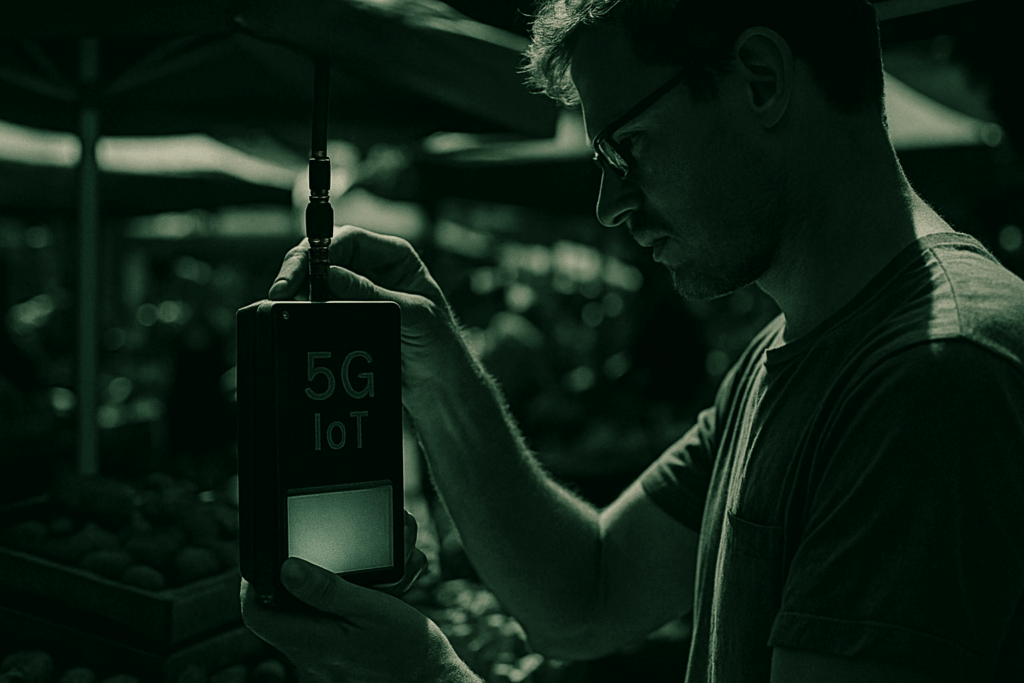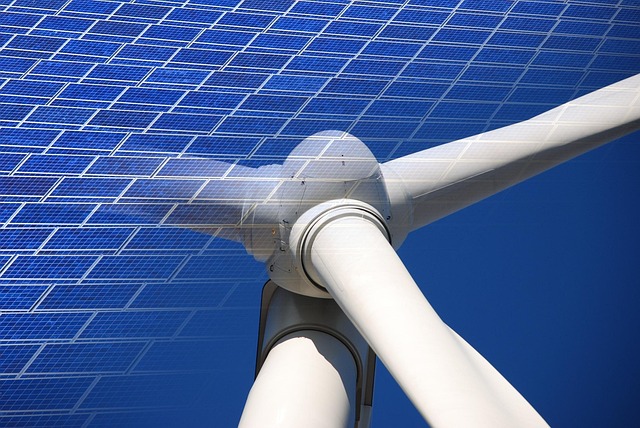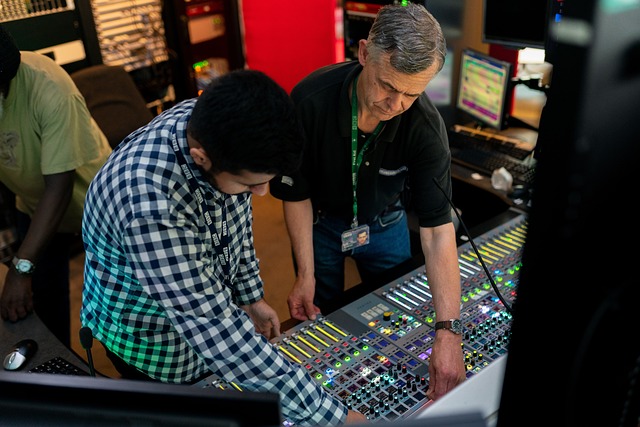Introduction: The Connectivity Revolution
Connectivity isn’t just getting faster—it’s getting smarter, tighter, and more essential. In the last decade, we’ve gone from loading emails on 4G to streaming 4K video on mobile. But what’s happening now is bigger than speed. It’s about everything being connected: homes, offices, vehicles, factories—no wires, no downtime, no lag. That shift is ripping through how we live, work, and build.
At the center of this evolution are two heavy hitters: 5G and IoT. 5G brings near-instant data flow and reliable bandwidth across dense environments. IoT turns everyday objects into data sources and intelligent nodes. Together, they create a network that doesn’t just handle human users—but billions of devices, all communicating in real-time.
This new standard isn’t a luxury. For consumers, it means more responsive tech at home and on the move. For businesses, it unlocks automation, predictive maintenance, and hyper-efficiency. For infrastructure, it demands a full rethink—from city planning to server architecture. The bottom line: connectivity is no longer just connection—it’s capability. And it’s changing fast.
5G: Beyond Faster Downloads
5G isn’t just about speed—it’s about responsiveness. Ultra-low latency means devices can talk to each other in near real-time, something 4G never truly delivered. For applications like autonomous driving or remote surgery, those microseconds matter. It’s the difference between action and reaction.
Add to that network slicing. This feature lets providers divvy up bandwidth based on need. A connected car can get ultra-reliable service while a connected fridge gets just what it needs—no more, no less. It’s customized internet, tuned for function, not just capacity.
Then there’s edge computing. Instead of sending data to a central server far away, edge computing processes it closer to where it’s generated. Less lag, faster decisions. Whether it’s drones navigating obstacles or factories monitoring performance in real-time, edge integration is becoming critical. It clears the congestion and sharpens the connection.
Taken together, these shifts make 5G more than a buzzword. It’s infrastructure built for a world where everything is connected and timing is everything.
IoT: Billions of Devices, One Ecosystem
The sheer number of connected devices is exploding—across homes, cities, factories, and beyond. From smart thermostats to autonomous logistics systems, sensors and machines are collecting and sharing data in real time. Virtually every industry is plugging into the Internet of Things, and the demand for always-on connectivity is only rising.
In cities, IoT empowers infrastructure: traffic lights sync with real-time conditions, utilities track energy use minute by minute, and emergency services respond faster thanks to sensor-driven alerts. Homes are getting smarter too—with doorbells, appliances, and climate systems all talking to each other. And in the industrial world, IoT is the backbone of automation and real-time monitoring, helping streamline supply chains and improve safety.
But all this scale brings friction. Security is still a weak spot. More devices mean more points of attack, and many lack strong default protection. Then there’s interoperability—devices from different vendors rarely play nice out of the box. Standards are fragmented. Patching and maintaining compatibility takes real effort.
IoT isn’t slowing down, but it also isn’t simple. The next phase will demand smarter security frameworks, better device standards, and more unified ecosystems that can scale without breaking.
The Synergy of 5G + IoT
5G isn’t just an upgrade—it’s the infrastructure that finally lets IoT stretch its legs. With faster speeds, ultra-low latency, and edge computing, 5G gives connected devices the breathing room they’ve needed for a while now. It’s what makes real-time data transmission practical at scale rather than just theoretical.
What does that mean on the ground? Start with autonomous vehicles. These machines need to process maps, traffic, weather, and pedestrian data in milliseconds. 5G’s low latency makes that possible without melting down the car’s onboard hardware. In healthcare, remote surgeries and continuous patient monitoring are no longer just pilot projects—they’re becoming viable, thanks to uninterrupted, high-throughput data flows. Move to the factory floor, and you’ll see smart manufacturing in full swing: sensors tracking equipment performance, robots adjusting in real time, warehouses running smoother with near-zero lag.
The real kicker? Device scale. We’re not talking about hundreds or thousands of connected devices. We’re talking millions per square mile. 5G is built to handle that kind of load without choking. Old networks couldn’t keep up—not even close. With 5G, the bottlenecks shrink and the system breathes easier.
The takeaway: 5G doesn’t just support IoT. It supercharges it.
Connectivity Standards Are Being Redefined
Old benchmarks for connectivity were simpler: speed, signal strength, and maybe how many bars showed up on your phone. That doesn’t cut it anymore. In today’s world, connectivity isn’t just about being online—it’s about devices talking to each other, networks reacting in real time, and large systems working without visible friction.
The industry is now pushing hard for unified global standards. Devices and networks can no longer operate in silos. Whether it’s a smart warehouse in Berlin or a driverless truck outside Phoenix, interoperability is not a nice-to-have—it’s mandatory. The goal is clear: one system, one language, no lag. That’s where global alignment comes into play. Standards like 3GPP and universal protocols for tiny, low-power devices are starting to get adopted at scale.
Then there’s the rise of private 5G networks. Enterprises are done waiting around for public infrastructure to catch up. They’re building their own secure, localized 5G setups—think private lanes on the information superhighway. It’s especially popular in manufacturing, logistics, and healthcare, where uptime and security aren’t negotiable. Custom networks mean better control, reduced latency, and performance tuned to specific workflows.
Connectivity used to be background noise. In 2024 and beyond, it’s the ecosystem that holds everything together.
Potential Risks and Limitations
The promise of 5G and IoT is easy to buy into: faster data, smarter systems, and a more connected world. But getting there isn’t cheap—or simple. Infrastructure is a major hurdle. Rolling out 5G requires dense networks of small cell towers, fiber upgrades, and significant coordination across municipalities. For IoT, the challenge multiplies with scale. Billions of sensors, devices, and endpoints all need reliable access and data throughput. That means heavy investment, and not all regions or companies can keep up.
Then there’s security. More devices online means more vulnerabilities. One weak sensor can be the entry point for a massive breach. Most IoT devices weren’t built with robust security in mind, and many still rely on outdated firmware. 5G networks themselves, while better secured than older generations, also introduce new attack surfaces. Privacy becomes a moving target when real-time data is constantly flowing from homes, streets, and factories.
Finally, regulation is playing catch-up. Current laws weren’t built for this speed or complexity. Data ownership, cross-border traffic, and liability for autonomous decisions are all murky. Lack of clear oversight slows adoption—and in some cases, puts users at risk. If we want a connected future that’s stable and fair, smarter deployment policy has to be part of the conversation.
What’s Next: 5G and IoT in the Next 3–5 Years
Projected Integration Timeline
In the next 3–5 years, 5G and IoT technologies are expected to shift from early adoption to broader mainstream deployment. As performance stabilizes and infrastructure catches up, integration will mature across sectors.
Key forecasts include:
– Accelerated rollouts of private 5G networks across enterprise campuses, factories, and logistics hubs
– Normalized co-dependence between edge computing and IoT devices, reducing latency and bandwidth loads
– Greater accessibility to 5G-enabled IoT devices at consumer and SME levels
Industries Poised for the Biggest Changes
The combination of 5G connectivity and advanced IoT frameworks will particularly transform these sectors:
Healthcare
– Remote monitoring, diagnostics, and robotic surgeries
– Real-time patient-data analytics and connected medical devices
Transportation and Automotive
– Widespread deployment of autonomous vehicles
– Smart traffic systems reducing congestion and emissions
Manufacturing
– Advanced automation in smart factories
– Predictive maintenance and supply chain optimization
Agriculture
– Smart irrigation and crop-monitoring systems
– Precision farming with real-time environmental data
Retail and Logistics
– Blockchain-enhanced supply chains
– Real-time package tracking and automated stocking systems
Final Takeaway: A Platform, Not Just a Speed Boost
5G and IoT aren’t merely functional upgrades—they represent an infrastructure shift that underpins the digital future. The merging of these technologies enables:
– Pervasive connectivity
– Real-time responsiveness at scale
– Intelligent systems that adapt as they grow
Ultimately, this is not just about faster data speeds—it’s an evolution toward smarter, more adaptive digital ecosystems.
For weekly updates on this changing landscape: Tech News Roundup: Key Highlights and Industry Shifts


 Tyler Mapleronsic, a contributing author at wbsoftwarement specializes in full-stack development and cloud technologies. His articles blend technical expertise with real-world applications, guiding readers through complex coding challenges and innovative software practices. Tyler’s goal is to make technology more accessible and impactful for every developer.
Tyler Mapleronsic, a contributing author at wbsoftwarement specializes in full-stack development and cloud technologies. His articles blend technical expertise with real-world applications, guiding readers through complex coding challenges and innovative software practices. Tyler’s goal is to make technology more accessible and impactful for every developer.

